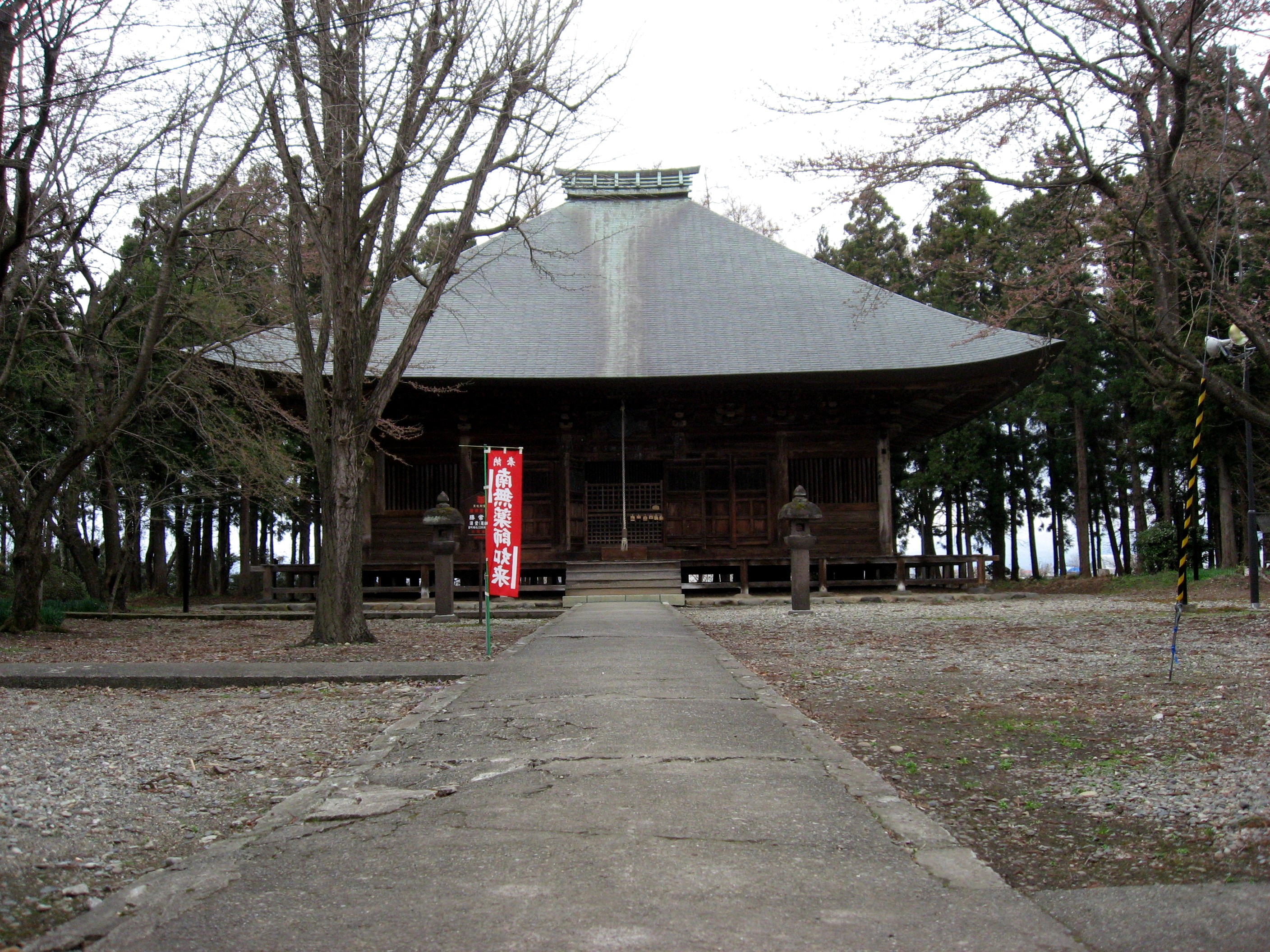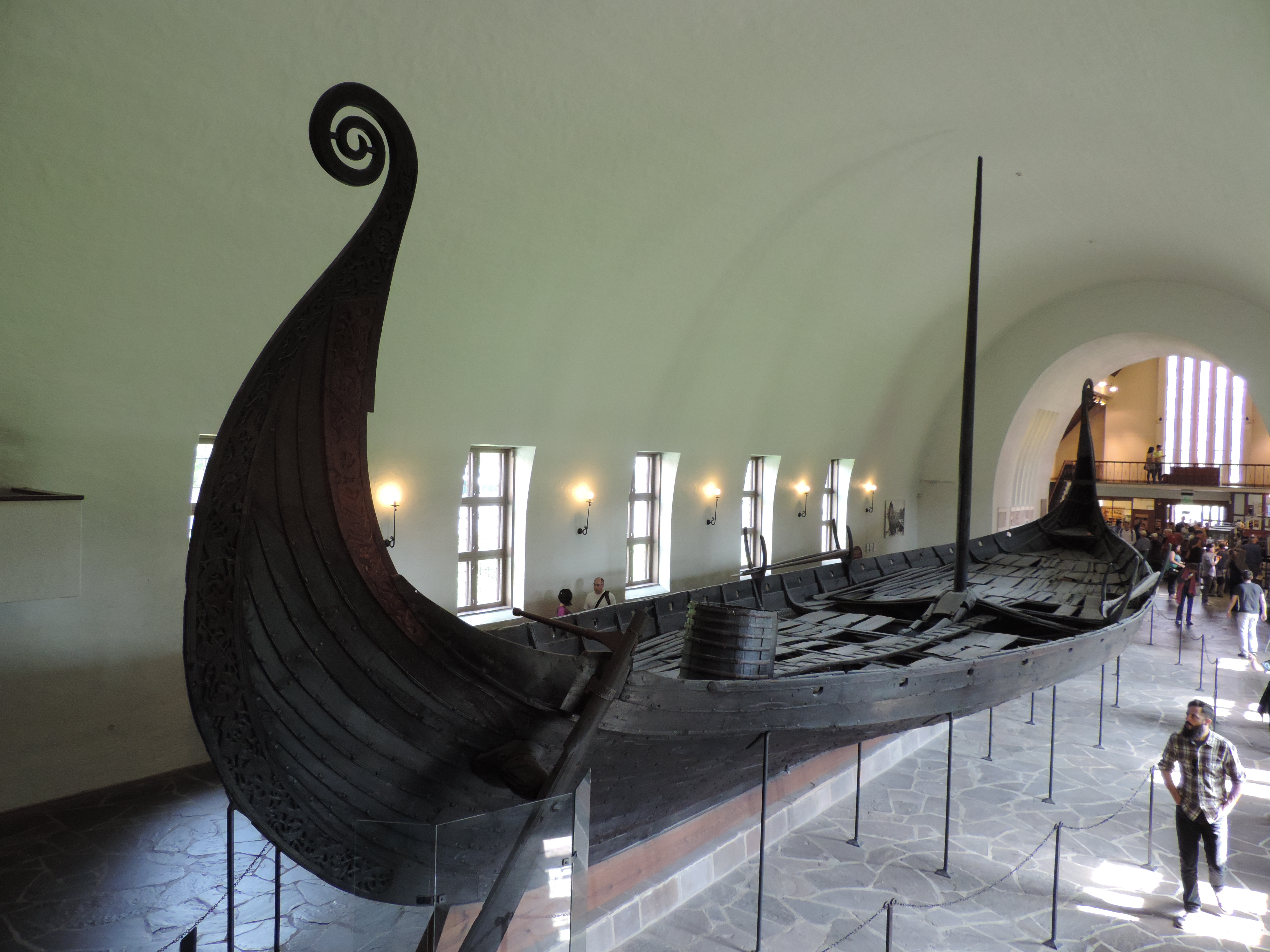|
Shōjō-ji
is a Buddhist temple of the Shingon-shu Buzan-ha sect in Yugawa, Kawanuma District, Fukushima Prefecture, Japan. History Shōjō-ji was opened in 807 by the Hossō sect scholar-monk Tokuitsu. The original name of the temple is not known, but the present name has been in use since medieval times. At the time of foundation it was a large temple forming a complete ''Shichidō garan'', many attached buildings, twelve houses for monks and more than 100 sub-temples. Today, the temple consists among others of the original auditorium (Yakushi Hall), the residence of the head priest (reception hall), the kitchen, the central gate (''chūmon'') and more than 30 Buddhist statues. The Legend of Shōjō-ji There is a hundreds year old Japanese legend from about the mid-to-late Edo Period that takes place at the temple of Shōjō-Ji. In the legend, raccoon dogs (known as Tanuki) come to gather at the temple while monks perform a ceremony. A song titled “Shojoji Tanuki no Bayashi” was c ... [...More Info...] [...Related Items...] OR: [Wikipedia] [Google] [Baidu] |
Yugawa, Fukushima
file:Nippashi-gawa River at Yugawa village.jpg, Nippashi River at Yugawa is a Villages of Japan, village located in Fukushima Prefecture, Japan. , the village had an estimated population of 3,051 in 924 households, and a population density of 190 persons per km2. The total area of the village was .. Geography Yugawa is located in the northern portion of the Aizu region of Fukushima Prefecture, in center of the Aizu Basin. *Rivers : Nippashi River, Agakawa River Neighboring municipalities Fukushima Prefecture *Aizubange, Fukushima, Aizubange *Aizuwakamatsu, Fukushima, Aizuwakamatsu *Kitakata, Fukushima, Kitakata Demographics Per Japanese census data, the population of Yugawa has declined steadily over the past 70 years. Climate Yugawa has a Humid continental climate (Köppen ''Dfb'') characterized by warm summers and cold winters with heavy snowfall. The average annual temperature in Yugawa is 11.9 °C. The average annual rainfall is 1383 mm with September as the wet ... [...More Info...] [...Related Items...] OR: [Wikipedia] [Google] [Baidu] |
List Of National Treasures Of Japan (sculptures)
In the mid-6th century, the introduction of Buddhism from the Koreanic state Baekje to Japan resulted in a revival of Japanese sculpture. Buddhist monks, artisans and scholars settled around the capital in Yamato Province (present day Nara Prefecture) and passed their techniques to native craftsmen. Consequently, early Japanese sculptures from the Asuka period, Asuka and Hakuhō period, Hakuhō periods show strong influences of continental art, which initially were characterized by almond-shaped eyes, upward-turned crescent-shaped lips and symmetrically arranged folds in the clothing. The workshop of the Japanese sculptor Tori Busshi, who was strongly influenced by the Northern Wei style, produced works which exemplify such characteristics. The Shaka Nyorai, Shakyamuni triad and the Guze Guanyin, Kannon at Hōryū-ji are prime examples. By the late 7th century, wood replaced bronze and copper. By the early Tang dynasty, greater realism was expressed by fuller forms, long narrow slit ... [...More Info...] [...Related Items...] OR: [Wikipedia] [Google] [Baidu] |
Important Cultural Properties Of Japan
An The term is often shortened into just is an item officially classified as Tangible Cultural Property (Japan), Tangible Cultural Property by the Government of Japan, Japanese government's Agency for Cultural Affairs (Ministry of Education, Culture, Sports, Science and Technology) and judged to be of particular importance to the history, arts, and culture of the Japanese people. Classification of Cultural Properties To protect the cultural heritage of Japan, the Law for the Protection of Cultural Properties was created as a under which important items are appropriated as Cultural Properties,In this article, capitals indicate an official designation as opposed to a simple, unofficial definition, e.g "Cultural Properties" as opposed to "cultural properties". thus imposing restrictions to their alteration, repair and export. Besides the "designation system", there exists a , which guarantees a lower level of protection and support to Cultural Properties of Japan, Registered Cultur ... [...More Info...] [...Related Items...] OR: [Wikipedia] [Google] [Baidu] |
Shingon Buddhism
is one of the major schools of Buddhism in Japan and one of the few surviving Vajrayana lineages in East Asian Buddhism. It is a form of Japanese Esoteric Buddhism and is sometimes called "Tōmitsu" (東密 lit. "Esoteric uddhismof Tō-ji"). The word ''shingon'' is the Japanese reading of the Chinese word ('), which is the translation of the Sanskrit word mantra. The Zhēnyán lineage was founded in China (c. 7th–8th centuries) by Indian vajrācāryas (esoteric masters) like Śubhakarasiṃha, Vajrabodhi and Amoghavajra. These esoteric teachings would later flourish in Japan under the auspices of a Buddhist monk named Kūkai (, 774–835), who traveled to Tang China and received these esoteric transmissions from a Chinese master named Huiguo (746–805). Kūkai established his tradition at Mount Kōya (in Wakayama Prefecture), which remains the central pilgrimage center of Shingon Buddhism. The practice of the Shingon school stresses that one is able to atta ... [...More Info...] [...Related Items...] OR: [Wikipedia] [Google] [Baidu] |
9th-century Establishments In Japan
The 9th century was a period from 801 (represented by the Roman numerals DCCCI) through 900 (CM) in accordance with the Julian calendar. The Carolingian Renaissance and the Viking raids occurred within this period. In the Middle East, the House of Wisdom was founded in Abbasid Baghdad, attracting many scholars to the city. The field of algebra was founded by the Muslim polymath al-Khwarizmi. The most famous Islamic scholar Ahmad ibn Hanbal was tortured and imprisoned by Abbasid official Ahmad ibn Abi Du'ad during the reign of Abbasid caliph al-Mu'tasim and caliph al-Wathiq. In Southeast Asia, the height of the Mataram Kingdom happened in this century, while Burma would see the establishment of the major kingdom of Pagan. Tang China started the century with the effective rule under Emperor Xianzong and ended the century with the Huang Chao rebellions. In America, the Maya experienced widespread political collapse in the central Maya region, resulting in internecine warfare, t ... [...More Info...] [...Related Items...] OR: [Wikipedia] [Google] [Baidu] |
National Treasures Of Japan
Some of the National Treasures of Japan A is " Tangible Cultural Properties designated by law in modern Japan as having extremely high value." Specifically, it refers to buildings, arts, and crafts designated as especially valuable from among Important Tangible Cultural Properties, as determined and designated by the Agency for Cultural Affairs (a special body of the Ministry of Education, Culture, Sports, Science and Technology). A Tangible Cultural Property is considered to be of historic or artistic value, classified either as "buildings and structures" or as "fine arts and crafts". Each National Treasure must show outstanding workmanship, a high value for world cultural history, or exceptional value for scholarship. Approximately 20% of the National Treasures are structures such as castles, Buddhist temples, Shinto shrines, or residences. The other 80% are paintings; scrolls; sutras; works of calligraphy; sculptures of wood, bronze, lacquer or stone; crafts such as ... [...More Info...] [...Related Items...] OR: [Wikipedia] [Google] [Baidu] |
Buddhist Temples In Fukushima Prefecture
Buddhism, also known as Buddhadharma and Dharmavinaya, is an Indian religion and List of philosophies, philosophical tradition based on Pre-sectarian Buddhism, teachings attributed to the Buddha, a wandering teacher who lived in the 6th or 5th century Before the Common Era, BCE. It is the Major religious groups, world's fourth-largest religion, with about 500 million followers, known as Buddhists, who comprise four percent of the global population. It arose in the eastern Gangetic plain as a movement in the 5th century BCE, and gradually spread throughout much of Asia. Buddhism has subsequently played a major role in Asian culture and spirituality, eventually spreading to Western world, the West in the 20th century. According to tradition, the Buddha instructed his followers in a path of bhavana, development which leads to Enlightenment in Buddhism, awakening and moksha, full liberation from ''Duḥkha, dukkha'' (). He regarded this path as a Middle Way between extremes su ... [...More Info...] [...Related Items...] OR: [Wikipedia] [Google] [Baidu] |
Ākāśagarbha
Ākāśagarbha (, Standard Tibetan: ''Namkha'i Nyingpo'') is a bodhisattva in Chinese, Japanese and Korean Buddhism who is associated with the great element ('' mahābhūta'') of space ( ''ākāśa''). Overview Ākāśagarbha is regarded as one of the eight great bodhisattvas. His name can be translated as "boundless space treasury" or "void store" as his wisdom is said to be boundless as space itself. He is sometimes known as the twin brother of the "earth store" bodhisattva Kṣitigarbha, and is even briefly mentioned in the '' Kṣitigarbha Bodhisattva Pūrvapraṇidhāna Sūtra''. Associated with the qualities of Gautama Buddha, he is able to purify transgressions. Kūkai, the founder of Shingon Buddhism, met a famous monk who is said to have repeatedly chanted a mantra of Ākāśagarbha as a young Buddhist acolyte. Kūkai took a tutorial with him on Kokuzou-Gumonji (a secret doctrine method, 虚空蔵求聞持法). As he chanted the mantra, he experienced a vision wher ... [...More Info...] [...Related Items...] OR: [Wikipedia] [Google] [Baidu] |
Kṣitigarbha
Kṣitigarbha (, , Wylie: ''sa yi snying po'') is a bodhisattva primarily revered in East Asian Buddhism and usually depicted as a Buddhist monk. His name may be translated as "Earth Treasury", "Earth Store", "Earth Matrix", or "Earth Womb". Kṣitigarbha is known for his vow to take responsibility for the instruction of all beings in the six worlds between the death of Gautama Buddha and the rise of Maitreya, as well as his vow not to achieve Buddhahood until all hells are emptied. He is therefore often regarded as the bodhisattva of hell-beings, as well as the guardian of children and patron deity of deceased children and aborted fetuses in Japanese culture. Usually depicted as a monk with a halo around his shaved head, he carries a staff to force open the gates of hell and a wish-fulfilling jewel to light up the darkness. Overview Kṣitigarbha is one of the four principal bodhisattvas along with Samantabhadra, Manjusri, and Avalokiteśvara (Guanyin) in East Asian ... [...More Info...] [...Related Items...] OR: [Wikipedia] [Google] [Baidu] |
Guanyin
Guanyin () is a common Chinese name of the bodhisattva associated with Karuṇā, compassion known as Avalokiteśvara (). Guanyin is short for Guanshiyin, which means "[The One Who] Perceives the Sounds of the World". Originally regarded as male in Indian Buddhism, Guanyin has been more commonly depicted as female in China and most of East Asia since about the 12th century. Due to sociogeographical factors, Guanyin can also be historically depicted as genderless or adorning an androgynous apprentice. On the 19th day of the sixth lunar month, Guanyin's attainment of Buddhahood is celebrated. Guanyin has been incorporated in other religions, including Taoism and Chinese folk religion. Some Buddhists believe that when one of their adherents departs from this world, they are placed by Guanyin in the heart of a sacred lotus in religious art, lotus and then sent to the western pure land of Sukhāvatī. Guanyin is often referred to as the "most widely beloved Buddhist Divinity" with ... [...More Info...] [...Related Items...] OR: [Wikipedia] [Google] [Baidu] |
Four Heavenly Kings
The Four Heavenly Kings are four Buddhism, Buddhist gods or Deva (Buddhism), ''devas'', each of whom is believed to watch over one cardinal direction of the world. The Hall of Four Heavenly Kings is a standard component of Chinese Buddhism, Chinese Buddhist Buddhist temple, temples. Names The Kings are collectively named as follows: Individually, they have different names and features. File:Guardian of Phra Meru Mas of Bhumibol Adulyadej - Vessavana (right side).jpg, Vaiśravaṇa of the north direction, king of yakṣas. File:Guardian of Phra Meru Mas of Bhumibol Adulyadej - Virulhaka (right side).jpg, Virūḍhaka of the south direction, king of kumbhāṇḍas. File:Guardian of Phra Meru Mas of Bhumibol Adulyadej - Dhatarattha (left side).jpg, Dhṛtarāṣṭra of the east direction, king of gandharvas. File:Guardian of Phra Meru Mas of Bhumibol Adulyadej - Virupakkha (left side).jpg, Virūpākṣa of the west direction, king of nāgas. Mythology All four Kings ser ... [...More Info...] [...Related Items...] OR: [Wikipedia] [Google] [Baidu] |








